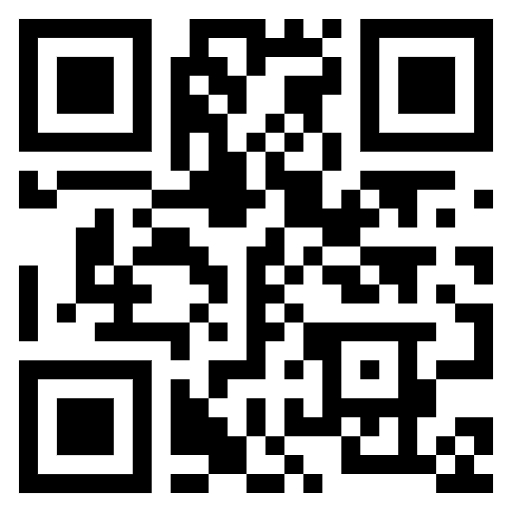Persuasion in the Lab: Unraveling the Literary Forms of Scientific Writing
Paragraph 1
While the term ‘scientific literature’ is a commonplace usage, few scientists would acknowledge any connection between how they write and the works of novelists or poets. As long ago as the middle of the seventeenth century, the English originators of the scientific journal vigorously set themselves against all forms of fancy writing. The newly formed Royal Society of London separated “the knowledge of Nature… from the colours of Rhetoric”. The aim of scientific writing was to report, whereas rhetoric worked to distort. Today, few scientists consider themselves to be rhetoricians. How many even know the meaning of anaphora, antimetabole or litotes?
Paragraph 2
But it’s not that simple. The scientific literature reports, but it also aims to persuade readers that what it reports is reliable and significant. And the arts of persuasion are inevitably literary and, specifically, rhetorical. It is an arduously learned skill to write in the way that ‘Nature’ deems acceptable. Conventions of scientific writing have changed enormously over the past few centuries and even over recent decades. The very big differences between Jane Austen’s ‘Persuasion’ and a scientific paper lie in the different patterns of rhetoric used in the latter, not in their absence from it.
There are now many historical and sociological studies of scientific communication. Joseph Harmon and Alan Gross’s book, ‘The Scientific Literature,’ is something different – neither a research monograph on the history of scientific writing nor a straightforward compilation of excerpts. Originating from an exhibition held at the University of Chicago in 2000, it includes about 125 examples of scientific writing taken from papers, books, reviews and Nobel speeches, and covers material from the seventeenth century up to the announcement of the rough draft of the human genome in 2001.
Paragraph 3
An excerpt is rarely longer than 500 words and sometimes as brief as 150, or may just be a diagram. These scientific snippets are embedded in strands of editorial commentary describing, highlighting and interpreting them. The tone is genial: this guided tour doesn’t threaten arduous intellectual adventure. Rhetorical terms are explained, scientific authors are identified, and pertinent scientific contexts introduced.
Paragraph 4
There is no single argument embodied in this book – more a selection of sensibilities intended to help readers appreciate the remarkable and shifting set of literary forms that scientific writing has assumed. One theme is historical change. The authors point out that, not surprisingly, specialization has been accompanied by increasingly exclusive scientific writing. There never was a golden age when every educated person could read everything in the scientific literature – Newton’s ‘Principia’ defeated all but a small number of natural philosophers and mathematicians. But until the mid-nineteenth century, the general readership of such periodicals as the ‘Edinburgh Review’ might find serious treatments of what was up in geology, astronomy or mathematics, written by notable scientists.
Paragraph 5
The accelerating incomprehensibility of scientific writing to the average educated person is not merely the fault of the much-lamented ‘public ignorance of science.’ Specialists have been so successful in constructing and bounding their own audiences that they rarely feel any need to address the laity or even scientists in other disciplines. Indeed, the plant physiologist is likely to be just as poorly equipped as any non-scientist to read a paper on super-conductivity.
CAT Verbal Online Course





